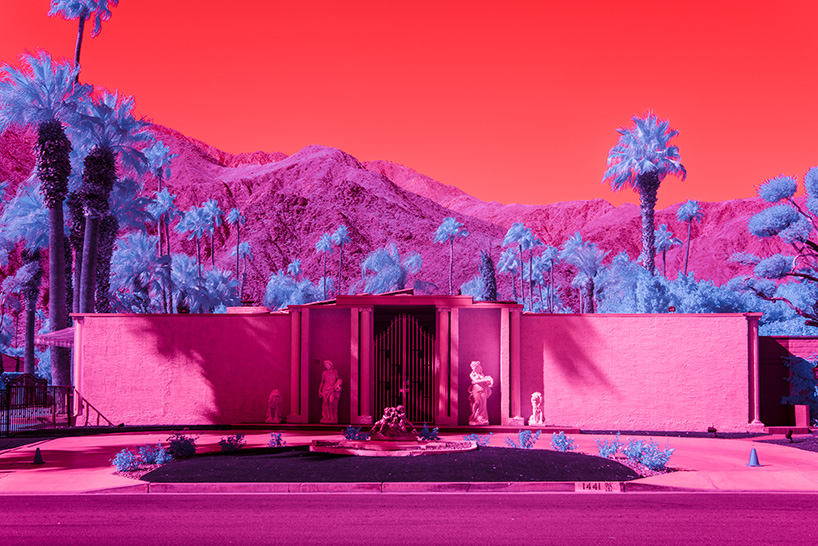

In Master of the Midcentury: The Architecture of William F. Architectural historian Don Choi outlines some of the key features of the Palm Springs variant in a pivotal new title, celebrating Cody’s career, published by Monacelli. Angular or zig-zagging lines, introduced on the vertical or horizontal plane, add an extra element of expressionism to an otherwise minimalist style rooted in international modernism.Ĭody’s work speaks largely to the construction of “desert modernism” – a wider mid-century paradigm that took hold in different ways across the globe during the post-war decades: from the British brutalism of Alison and Peter Smithson to the organic curvature of Oscar Niemeyer’s Brasília and the Seagram Building, New York.

These early structures exhibit recurring features: uncluttered façades of brick, glass or stone spreading outwards rather than upwards from succulent-speckled desert terrain. Perhaps most prominent was The Eldorado Country Club in Indian Wells (1957), with the low-slung grandeur and well-proportioned grace of a Greek temple, sloped upwards to the ragged spectacle of the Santa Rosa Mountains. Soon after, Cody’s CV began to expand, including a string of interna- tionally acclaimed designs for esteemed clientele, from the Del Marcos Apartment Hotel in Palm Springs (1947) to the Haines Studio and Office in Beverly Hills (1949) and the Thunderbird Country Club complex at Rancho Mirage (1951).

Born in Dayton, Ohio, he moved to Cali- fornia and became a licensed architect in 1946. This is a world that architect William F. Palm Springs’ Modernism Week (held over 10 days each February) is said to be the most popular modern architecture event in the USA, featuring more than 350 events from home and garden tours to lectures, exhibitions, music performances and fashion shows. Here, glass, steel and stone sit in sharp contrast against cacti and entrancing blue skylines. The Coachella Valley region in southern California, from Indian Wells to Rancho Mirage, has its own particular branch of modernism referred to as “Palm Springs Modernism” – a style that has cast an elegant shadow over the contemporary spheres of art, music, cinema and architecture over the years. There are, of course, many variations of modernism and its “clean line” aesthetic across the world, from the cantilevers of Frank Lloyd Wright’s Fallingwater (1936) and Philip Johnson’s Glass House (1949) to the multi-coloured housing project Cité Radieuse (1952) offering, as Le Corbusier proposed, “a machine for living in.” Stark, neutral colours, and an absence of ornamentation, swaps maximalist decoration for simplification. Architectural modernism has evolved across the globe largely since the post-war period – design concepts in favour of functionality and social community.


 0 kommentar(er)
0 kommentar(er)
